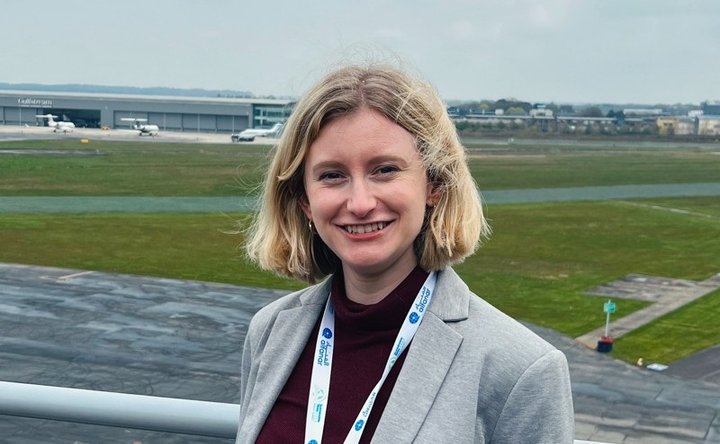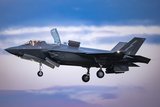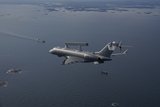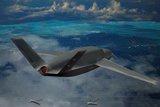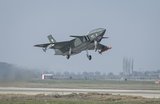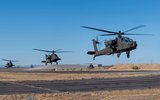“We need GCAP” to face evolving threats says RAF chief
The aim of the Global Air Combat programme is to introduce a new sixth-generation aircraft, ‘Tempest’, into service by 2035. (Photo: BAE Systems)
Air Chief Marshall Sir Richard Knighton, chief of the air staff for the RAF, has reemphasised the importance of next-generation capabilities as part of the RAF’s operational priorities to ensure air superiority, improve deterrence and evolve to meet growing threats.
The “proliferation of stealth capabilities” from adversaries including the Chinese J-20 fighter, the Russian Su-57 and low-grade air weapons, Knighton said, mean that “[the RAF] needs to be planning for the next generation capabilities. That’s why we need GCAP”.
Speaking during the Royal United Services Institute’s (RUSI’s) Lord Trenchard Memorial lecture on 11 November on the Royal Air Force’s (RAF) current and
Already have an account? Log in
Want to keep reading this article?
More from Air Warfare
-
![Airbus MQ-72C Lakota Connector progress on track ahead of pending USMC decision]()
Airbus MQ-72C Lakota Connector progress on track ahead of pending USMC decision
The MQ-7C uncrewed aircraft is currently undergoing further internal flight tests ahead of a government test event anticipated for next year.
-
![November Drone Digest: GA-ASI eyes Middle East for Gambit, Edge Group unveils new UAVs]()
November Drone Digest: GA-ASI eyes Middle East for Gambit, Edge Group unveils new UAVs
In November 2025, GA-ASI unveiled a new Gambit variant, the Gambit 6, and appears to be pitching the aircraft series to various customers in the Middle East, which is a fast-emerging CCA market. The Dubai Airshow also saw the unveiling of various Emirati aircraft from Edge Group.
-
![Baykar’s Kizilelma drone makes progress with first air-to-air kill]()
Baykar’s Kizilelma drone makes progress with first air-to-air kill
This test is the latest milestone achieved by the indigenous drone, destroying a target using a beyond-visual-range missile.
-
![Lockheed plans further solid rocket motor investment in Europe and Middle East]()
Lockheed plans further solid rocket motor investment in Europe and Middle East
The company has worked to heavily invest in its solid rocket motor production capabilities, both in the US and internationally, to build a strong supply chain to meet growing demand.
-
![Boeing to build Apache AH-64E attack helicopters for Poland, Egypt and Kuwait]()
Boeing to build Apache AH-64E attack helicopters for Poland, Egypt and Kuwait
The $4.7 billion international order for the three countries will see production conclude around May 2032.
-
![How the US Air Force plans to use data analytics to enhance the roles of airmen and assets]()
How the US Air Force plans to use data analytics to enhance the roles of airmen and assets
The USAF has allocated nearly US$500 million to further the deployment of this type of technology in FY2026. It envisions using analytics to enhance sensors, weapons, missiles and human performance.







